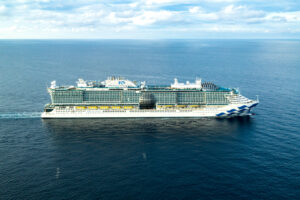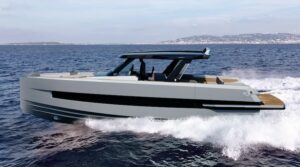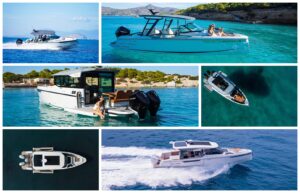Silent Speed 28
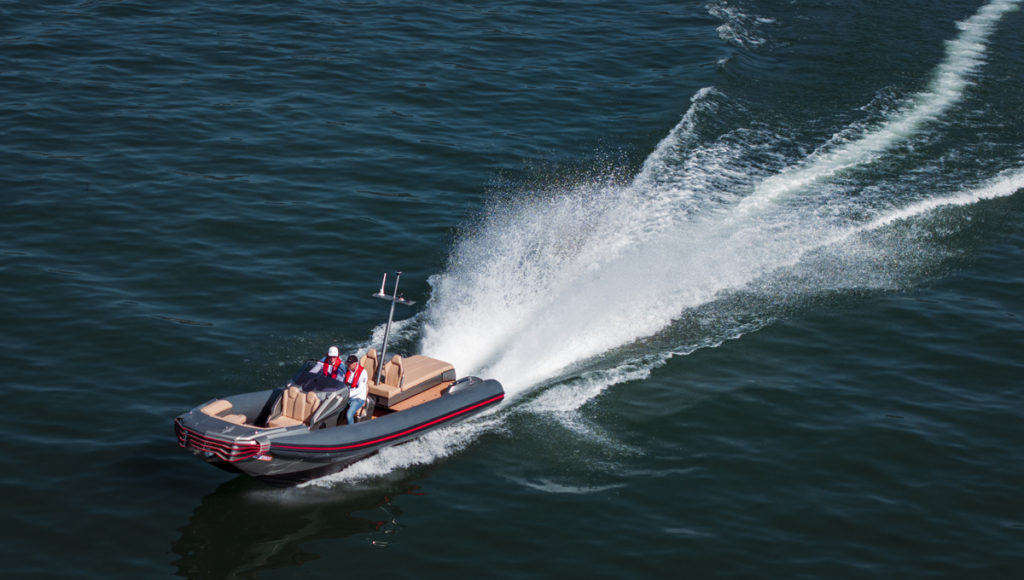
Silent Speed 28
eD-TEC unleashes the all-electric eD-QDrive in its first sea trials with the Silent Speed 28 in Croatia
Silent Speed 28 – October 2023 marked another significant milestone for the Believer Team at German tech start-up eD-TEC – developers of the revolutionary, all-electric eD-QDrive system and its powerful Technology Stack. With the eD-QDrive system installed in the Silent Speed 28 hydrofoil supported catamaran RIB for the first time (previous tests have been held with prototype boats), the believers not only took a step closer to realising their dream of a high-performance all-electric boat with long range, but also had the chance at last to see how the theory matched up to reality.
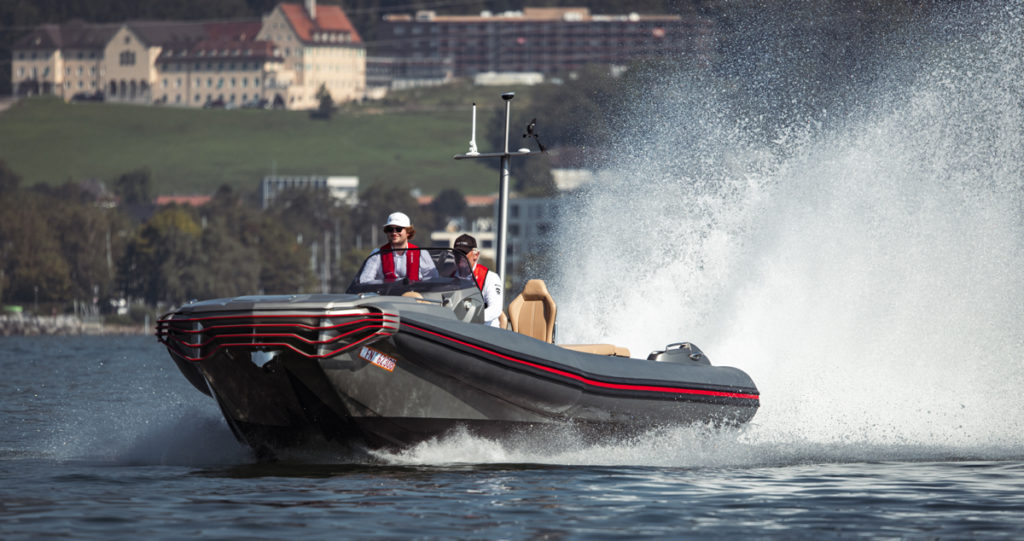
Of course, no truly innovative development path runs smoothly, but as the eD-TEC team have proven in the past – overcoming complications such as electromagnetic interference created by their powerful motors – believing in what you are doing means solutions can always be found, and that in turn pushes the technological frontier forward more and more.
Foiling forward
The focus for the trials week, which took place in Croatia, was to refine the hydrofoil system and get the placement, pitch and surface area of the main foil – which spans the gaps between the two outer hulls and the central nacelle – exactly right to get the improvements in energy consumption the team looking for, and they also worked on improving the software and adding functionalities such as automatic trim.
The trials revealed a number of issues with the hull form and foil combination, but none which could not be tackled and solved through the application of solid engineering, consultation with experts and Believer Team partners, and data analysis drawn from the system’s comprehensive data reporting.
“We had several issues with the hull and with the hydrodynamics of the hydrofoil supported catamaran form with foils and the surface-piercing propellers, which has led us to develop new foils – it’s been a very painstaking process, a steep learning curve but with positive developments and that’s what has led us today,” says Marc Jost, Head of Strategy at eD-TEC. “We have also made some improvements in other aspects of the system, including improving the cooling of components, and have transitioned to a customer-ready control unit. We’re also pleased to see that the problems we had with electromagnetic noise that we cured before haven’t returned.”
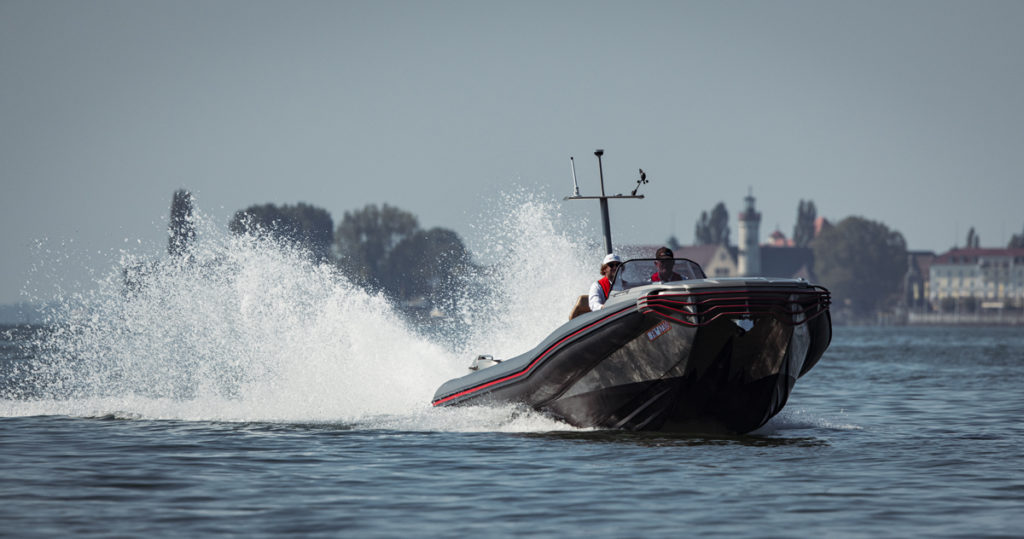
“At times it has been really frustrating because of the issues we’ve encountered, but we’ve been in close contact with the original designer of the hydrofoil supported catamaran form and with other experts in connection with the propeller design, which will be on our list next,” Jost continues, “because we still believe there’s huge potential there to find more speed and efficiency.”
As it stands, after experimenting with various foil positions and changing the angle of attack, the team transitioned the Silent RIB from displacement cruising at up to 30 knots to full flying at more than 41 knots, with plenty more performance to come. “It’s a completely different feeling with the RIB foiling,” Jost enthuses. “You lift out of the water and the boat is very calm.”
Simply complex
The eD-TEC platform is a masterpiece of technology, but it’s not without its complexities – not least because it involves many never-built-before elements in order to make a real leap forward. That also extends to the development of the hydrofoil supported catamaran hull form, an added dimension that has further tested the eD-TEC team and their partner companies.
“It’s not as easy as we had hoped and maybe as we had thought, and it is challenging getting the weight and balance correct and having the right positioning of all the components – the right angle of attack and the right size of foil,” says Jost. “All these components play together a lot. But from this we will build a new foil in carbon with our partner in Bavaria, Germany.”
Fortunately, by live-streaming data into the cloud from the boat during trials, the team has been able to interrogate the results of different adjustments in real time, from seeing what changed in terms of performance and efficiency and analysing whether those changes were for the better or worse.
“It’s a complex machine,” Jost concludes, “but with all the data and analytic tools we have, and all the data our architecture supplies us, we’re very confident we can make big inroads into performance and efficiency. We have access to all the data from all the components, and we know everything that happens in every component at any given time. We’ve made a big step with these trials – these are very exciting times.”
